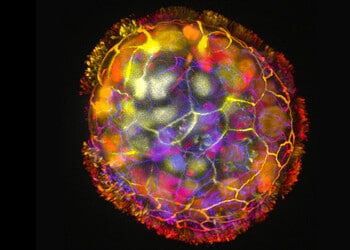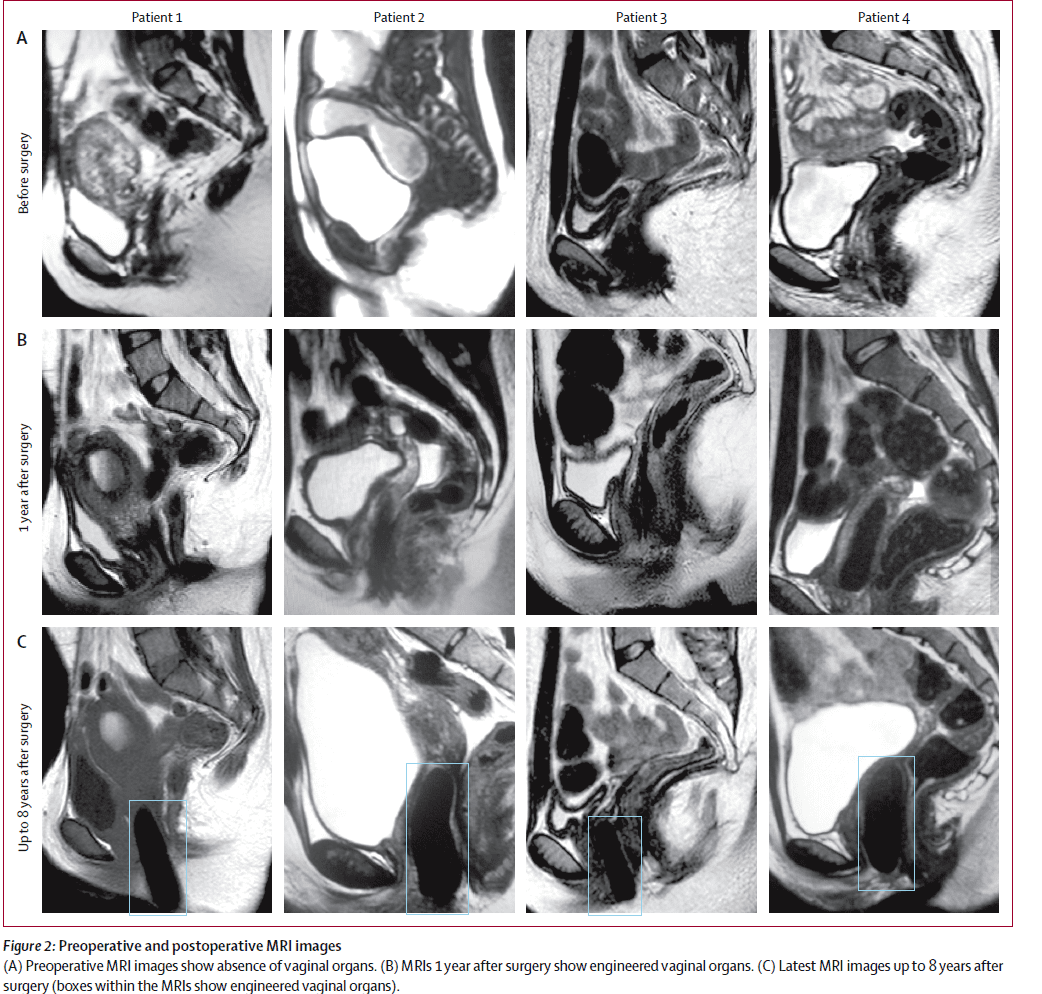The human body is littered with free ions and salts, which goes to explain why so much of our physiology is controlled by electrical signals, from neural pathways to muscle articulation. Very related, researchers at UC Berkeley have shown for the first time that direct current can be used to deliberately guide migration of a sheet of epithelial cells. Practically, the scientists ‘herded’ the cells to move along the direct current electric field, like a sheepdog controls sheep. The implications may be numerous, as driving current at key biological locations – say a wound – could accelerate healing though the use of so-called “smart bandages”.

Epithelial cells are those cells that line the cavities in the body and also cover flat surfaces. Of the four major tissue types found in the human body (connective tissue, muscle tissue, nervous tissue, epithelial tissue) epithelial cells are by far the most prolific. Epithelial cells are bound together in sheets of tissue called epithelia, which form in the skin, kidneys, cornea and other organs.
In the first research of its kind, UC Berkeley researchers applied a direct current of five volts per centimeter, to encourage cells to migrate along the direct current electric field. They were able to make the cells swarm left or right, to diverge or converge and to make collective U-turns, even coerce them into complex shapes.
“There are many natural systems whose properties and behaviors arise from interactions across large numbers of individual parts — sand dunes, flocks of birds, schools of fish, and even the cells in our tissues. Just as a few sheepdogs exert enormous control over the herding behavior of sheep, we might be able to similarly herd biological cells for tissue engineering,” says lead author Daniel Cohen, who did this work as a student in the UC Berkeley-UC San Francisco Joint Graduate Program in Bioengineering.
Previously, it was shown through galvanotaxis that direct current could influence the movement of individual cells, but previously it was rather unclear how this would affect collective cells. For tissue engineering, manipulating hoards of cells comes at a great advantage since simply using an electrical cue, researchers or physicians can direct cells to their location of choosing. Most notably, scientists are looking at exploring the role of bioelectrical signals in the wound healing process, building upon the discovery in 1843 that an injury to the body creates a change in the electrical field at the wound site. Mapping changes in electrical field through out the body, in conjunction with a ‘smart bandage’, could speed up and improve the natural biological repair process.
“These data clearly demonstrate that the kind of cellular control we would need for a smart bandage might be possible, and the next part of our work will focus on adapting this technology for use in actual injuries,” said Cohen.
Findings were published in Nature Materials. [via KurzweilAI]






